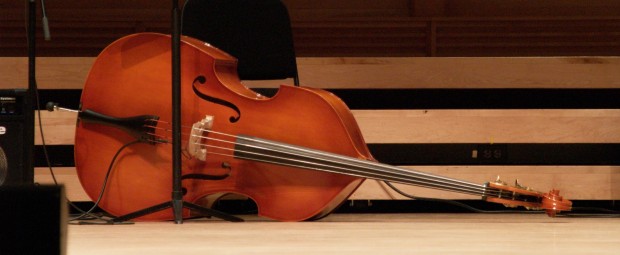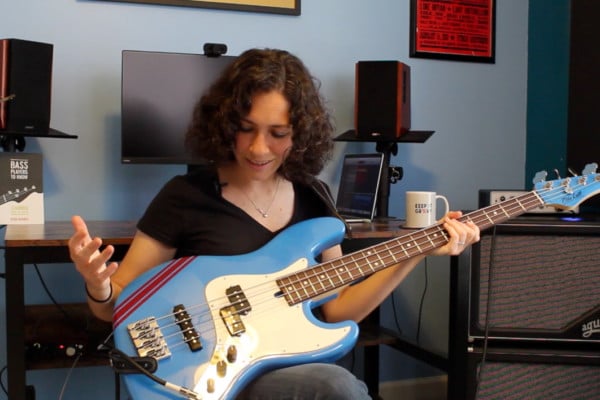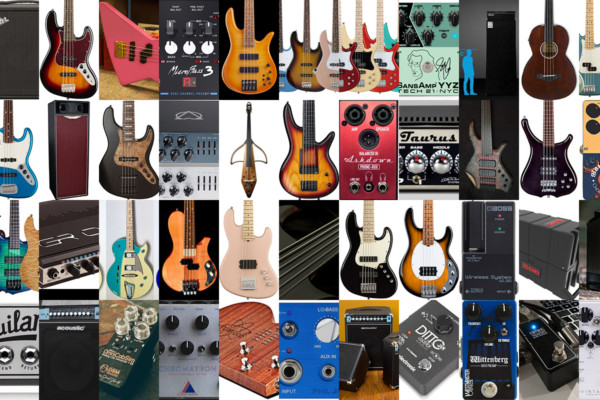Buying Your First Double Bass (Upright Bass): Part 1

When people are just starting to get interested in playing the double bass there can be some trepidation when it comes to obtaining one. Both the prices and the terminology can be off-putting for someone just starting out. For those of you thinking about buying your first upright bass, below are a few things to consider.
There are many variables, and nothing is “set in stone,” but the information in this series should give you a starting point for your purchase. Think of this series as basic information for those just dipping their toes into the double bass waters.
Sizes
When you start looking around you will notice that there are different sizes, usually referenced fractionally: ¼ size (quarter), ½ (half) size, etc. The vast majority of bassists play what is known as a ¾ size instrument and this is what you should probably look for when starting out, if you are fully grown.
Most adults find a full size (or 4/4) instrument too large to handle. The bodies are larger and the string length is usually perceived as too long to be comfortable, especially for a beginner. Although a larger instrument can sometimes mean a larger or deeper sound, this is not always the case. I suggest that all adult players obtain a ¾ size when first starting. You may ultimately be able to handle a ⅞ or even a full size, but I would still suggest starting on a ¾ size and upsizing later if it seems to be the right thing to do.
Sizes smaller than ¾ (½ size, ⅓ size etc.) generally do not produce the volume or deep tone quality that bassists prefer. Mostly, these sizes are for growing children who upsize over time. However, some adults of smaller stature prefer a ⅝, as some ⅝ basses can produce a decent sound and can be easier to play for them. Whether a ⅝ is right for you will ultimately depend not only on your body type, but on your performance needs.
A final thing to note about sizes: Due to their popular nature, ¾ size basses are also the easiest to resell. Basses that are larger or smaller than ¾ are more difficult to resell. This can be important if you think you will need to upgrade in the future.
Plywood refers to a bass made entirely of plywood. These basses are generally the most inexpensive of the three types, although this is not always the case. Some older plywood basses, like American Standard or Kay, are much sought after for their sound (in certain genres) and can carry a large price tag. Plywood basses are mostly factory-made and tend to have the least complex sound of the three types of bass construction. As they are generally the most inexpensive, they are popular “first basses,” especially for those beginners or of us on a limited budget.
Hybrid instruments generally have a fully carved top (more on what this means below) and plywood sides and/or back. These instruments are still moderately priced, but not quite as inexpensive as a fully plywood instrument. Since the top (i.e. front/belly) of the bass is not plywood, the instrument tends to resonate better than a fully plywood instrument. As a result hybrid instruments tend to produce a more pleasing, and more complex, sound.
Carved basses are instruments that contain no plywood and are fully carved by hand. Most often the top is made of spruce and the back and sides of maple. The sound and construction quality of these instruments can vary extensively, as can the price, but they tend to be the most expensive of the three types. They are usually made entirely by hand and have the most complex and pleasing sound out of the three types of construction.
Next time we will talk about where you can buy a quality instrument, of any construction, some things to look out for, and how to determine if you are really getting a “deal.”
Dr. Donovan Stokes is on the faculty of Shenandoah University-Conservatory. Visit him online at www.donovanstokes.com and check out the Bass Coalition at www.basscoalition.com.



